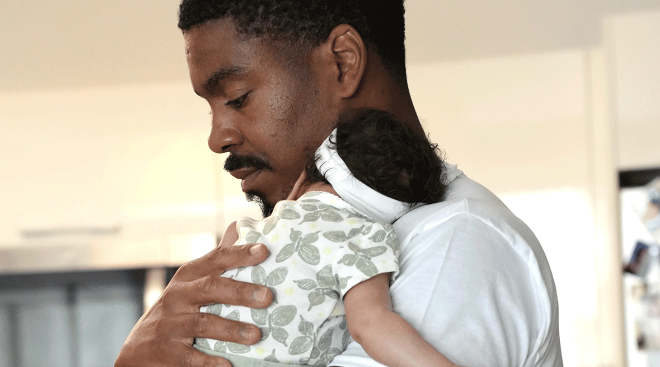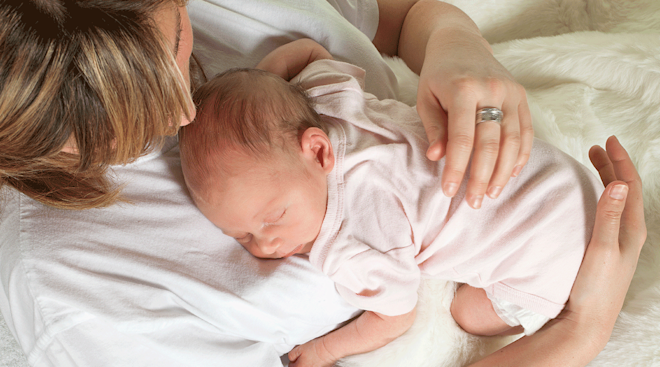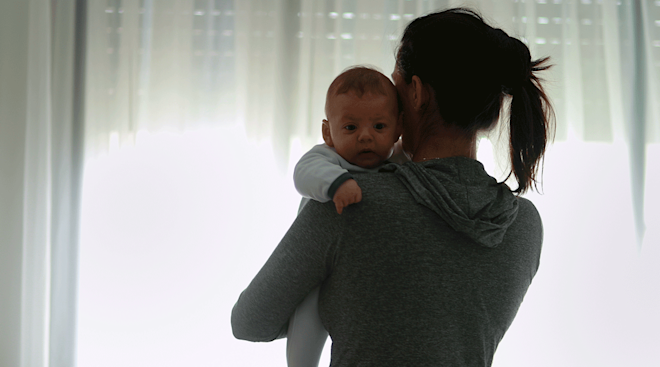Premenstrual Disorders Linked to Higher Risk of Perinatal Depression
New research published in the PLOS medical journal suggests that women who experience premenstrual disorders—including low mood and depression during their menstrual cycle—may face a higher risk of perinatal depression compared to those who don’t.
But here’s the twist: the link goes both ways. Those dealing with perinatal depression are also more likely to develop premenstrual disorders post-pregnancy. This study hints at a shared underlying mechanism between the two conditions.
As women journey through puberty, menstrual cycles, pregnancy, and menopause, their bodies experience cyclical hormonal changes. For some, these fluctuations can bring on challenging symptoms like depression.
Statistics show that between a fifth and a third of women grapple with premenstrual disorders, while 11 percent of mothers experience perinatal depression, which includes depressive symptoms during pregnancy and up to a year after childbirth.
Researchers led by Qian Yang from the Karolinska Institutet in Sweden and the University of Iceland delved into Swedish nationwide registers spanning from 2001 to 2018. They identified 84,949 women with perinatal depression and 849,482 unaffected women.
After matching the women based on age and calendar year, and adjusting for various factors like demographics, smoking and psychiatric history, they found a significant link. Almost 3 percent of women with perinatal depression had premenstrual disorders before pregnancy, compared to only 0.6 percent of unaffected women. Plus, women with perinatal depression were twice as likely to report premenstrual disorders after childbirth compared to those who didn’t experience perinatal depression.
These findings shed light on the connection between these two conditions. Understanding this association could be crucial for healthcare providers, enabling them to offer targeted support to women who might be most at risk.
The authors of the study emphasize, “Our research, based on data from over 900,000 pregnancies, highlights a strong bidirectional relationship between perinatal depression and premenstrual disorders. It suggests that both conditions may exist on a continuum, underscoring the importance of recognizing these vulnerabilities in clinical practice.”
Navigate forward to interact with the calendar and select a date. Press the question mark key to get the keyboard shortcuts for changing dates.





















































